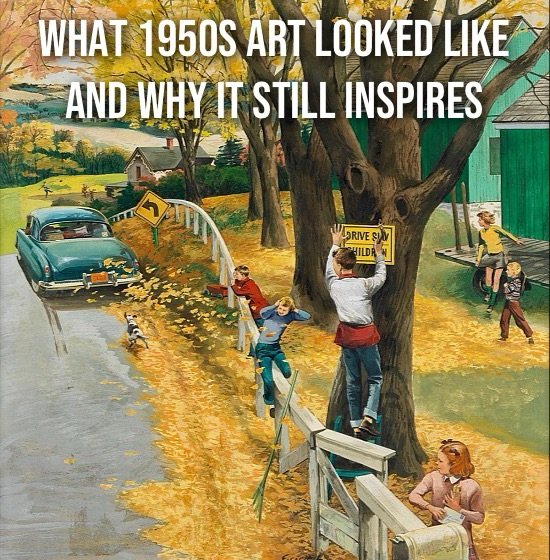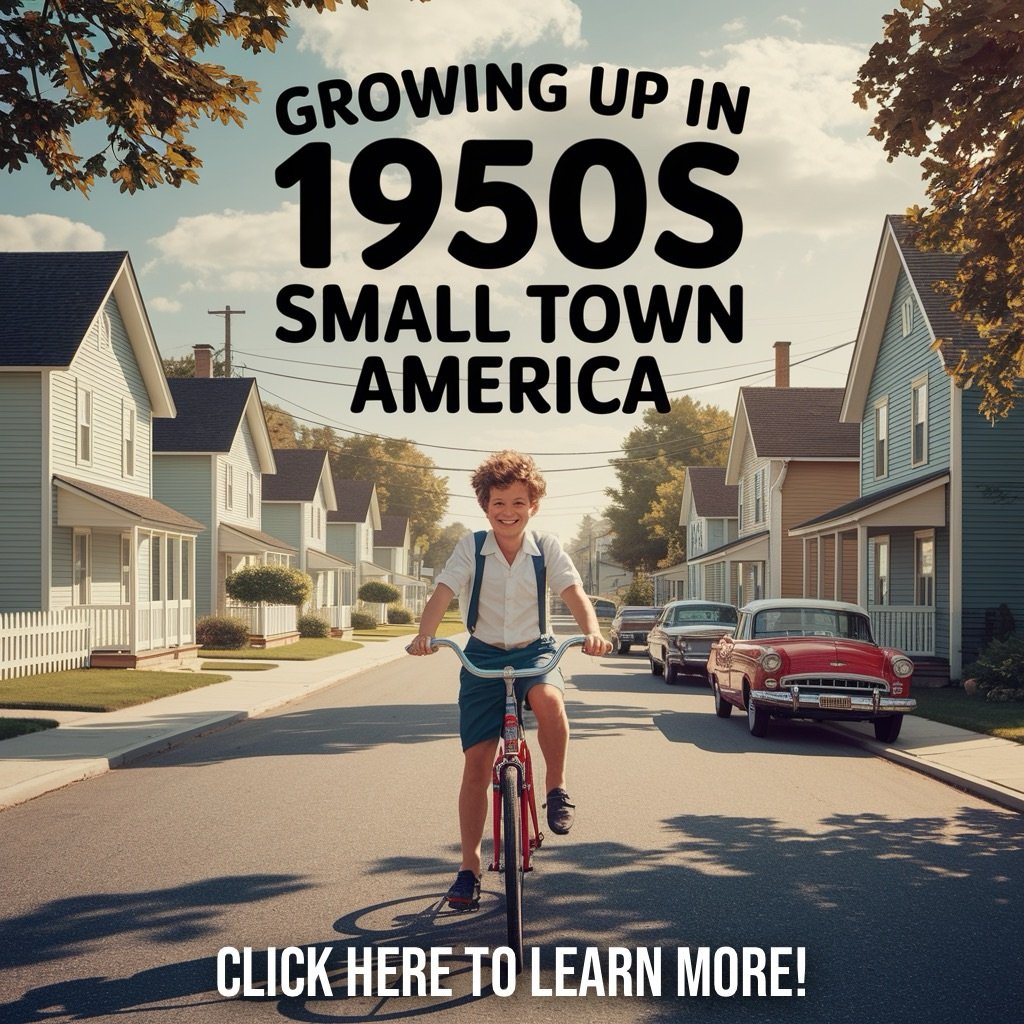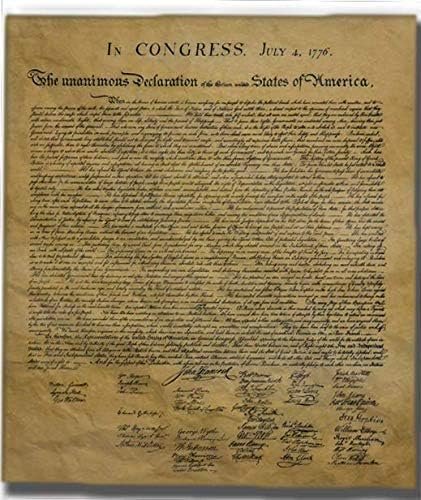
What Defined 1950s Art in America?
The 1950s were a wild ride—postwar pride, suburban boom, Cold War tension, and the sudden explosion of consumer culture. It was a decade full of contradictions. And that tension—between comfort and anxiety, order and rebellion—is what makes 1950s art so unforgettable.
This wasn’t just a time of new music and muscle cars. Artists were pushing boundaries too—splattering paint, questioning tradition, and creating work that didn’t always make sense… at least not right away.
The aftermath of World War II brought a new urgency to expression. Artists weren’t just decorating walls anymore—they were reacting to nuclear threats, American conformity, and the weight of everything shifting at once. Whether it was a massive canvas filled with chaotic brushstrokes or a single red dot in the center of a blank square, art in the 1950s demanded attention.
At the same time, design in everyday life started looking like art. Homes were filled with geometric shapes, space-age curves, and color palettes that popped. If you grew up with Formica countertops and atomic starburst clocks, you were living inside the movement—even if you didn’t know it.
Want a look at what everyday life looked like in the background of this art boom? Here’s a snapshot worth scrolling: Growing Up in 1950s Small Town America.

What Art Movements Were Popular in the 1950s?
1950s art wasn’t just one thing—it was an entire gallery of styles exploding all at once. Here’s a quick breakdown of the movements that defined the decade:
1. Abstract Expressionism
This was America’s big breakout moment in the global art world. Painters like Jackson Pollock, Willem de Kooning, and Franz Kline tossed tradition out the window and made emotion the focus. It wasn’t about painting something recognizable—it was about movement, scale, and raw feeling.
2. Color Field Painting
Think massive areas of bold color with emotional weight. Artists like Mark Rothko and Barnett Newman created meditative works meant to be felt, not just seen.
3. Proto-Pop Art
Artists like Jasper Johns and Robert Rauschenberg started blending fine art with everyday objects—flags, numbers, newspaper clippings. They set the stage for Pop Art’s explosion in the ‘60s.
4. Mid-Century Modern Aesthetic
Not exactly a gallery movement, but this style seeped into homes, fabrics, furniture, and wall prints. Clean lines, organic forms, and minimalist energy defined the look—design you could live with.
You could even argue that quirky consumer tools like The Sears Robot Smoker belonged in an art exhibit—they were strange, stylish, and shaped by the same futuristic mindset.

Who Were the Big Names in 1950s Art?
The 1950s wasn’t just about new styles—it was about new voices that changed art forever. This decade turned American artists into international icons and opened the door for a totally different way of thinking about creativity.
Here are some of the biggest names who shaped 1950s art:
Jackson Pollock
The poster child of Abstract Expressionism. Pollock made chaos look intentional with his signature drip-painting technique. His canvases looked like explosions, but every flick and swirl had energy and purpose.
Mark Rothko
His paintings might seem simple—just blocks of color—but stand in front of one and it’ll hit you. Rothko wasn’t painting shapes. He was creating mood, emotion, and atmosphere. His work defines Color Field Painting, a core part of 1950s modernism.
Willem de Kooning
A little wild, a little poetic. De Kooning’s work blurred the line between figure and abstraction, especially with his often-controversial series of “Woman” paintings.
Lee Krasner
Not just Pollock’s wife—Krasner was a powerhouse in her own right. Her work combined structure with spontaneity and helped open doors for female artists in a male-dominated art scene.
Jasper Johns & Robert Rauschenberg
Both began pushing against the chaos of abstraction and introduced everyday symbols (like flags, targets, and maps) into their art—laying the groundwork for Pop Art’s arrival.
Much like The Disappearance of Wonderball Candy reminds us how fast trends can shift, these artists were redefining what “art” even meant.

How Did 1950s Art Reflect American Culture?
If you want to understand 1950s art, you have to understand America in the 1950s.
On one hand, the country was booming—GI Bills, new homes, backyard BBQs, and rows of shiny new Chevys. But underneath the surface, there was fear: nuclear war, Red Scare paranoia, cultural conformity, and a growing tension between tradition and change.
Art became the outlet.
- Abstract Expressionism was about emotional release—letting go of logic and painting raw human feeling
- Color Field Painting gave people a quiet space to think during a noisy, anxious time
- Pop Art’s earliest forms mirrored mass production, consumerism, and advertising
- Even home decor leaned into bold colors and modernist style—art you could live in
The same culture that celebrated TV dinners and atomic clocks was also producing avant-garde masterpieces that looked like explosions or symbols pulled from the news.
Want another strange but real snapshot of how odd and inventive American comfort culture could get? Check out How the Robot Smoker Let People Smoke Hands-Free in the 1950s—it’s proof this decade didn’t know how to slow down, even while sitting still.

What Did 1950s Art Look Like in Everyday Homes?
You didn’t have to walk into an art museum to see 1950s art—it was all around you.
This was the golden age of mid-century modern design, and people were bringing bold patterns, abstract shapes, and futuristic flair straight into their living rooms. Think:
- Geometric wall prints with sharp lines and earthy tones
- Atomic starbursts and boomerang shapes on clocks, curtains, and dishes
- Muted pastels and punchy primaries—think teal, mustard, coral, and avocado
- Folk art revival mixed with industrial-style sculpture and decor
Even fabric patterns and furniture shapes were influenced by what was happening in fine art. Eames chairs, hairpin table legs, and space-age lamps weren’t just design trends—they were a reflection of the same optimism and experimentation that was happening in paint and canvas.
For folks today trying to bring that vibe back, you can see some of that aesthetic inspiration in Nostalgic Vibes: 10 Vintage Wall Art Ideas for Your Home. The 1950s didn’t just create art to look at—they made art you could live inside.

How Did 1950s Art Influence Future Styles?
You don’t need a degree in art history to see how deeply 1950s art shaped what came next.
- Without Abstract Expressionism, we wouldn’t have the open emotionalism of 1960s performance art
- Without Rothko and Color Field painters, minimalist design and mood-based art wouldn’t be what they are today
- Without Rauschenberg and Johns, Pop Art wouldn’t have exploded the way it did in the ‘60s with Warhol and Lichtenstein
- The entire mid-century modern aesthetic that dominates Instagram home tours and Etsy prints? That’s pure 1950s DNA
This era gave birth to the idea that art didn’t have to be realistic, polite, or even “pretty.” It could be bold. It could be strange. It could be a statement.
The same way people reflect on things like Frozen in Time: The Woman on the Frozen Mississippi River in 1905 as an unforgettable snapshot in history, 1950s art offers frozen moments of American imagination at full blast—raw, stylish, unapologetic, and deeply human.

Why 1950s Art Still Resonates Today
There’s a reason 1950s art hasn’t faded into the background—it still speaks to people. Maybe it’s the bold colors. Maybe it’s the fearless brushstrokes. Or maybe it’s just the raw energy that poured out of artists who lived through war, uncertainty, and massive cultural change.
What’s most striking is how timeless it feels. A painting made in 1953 can feel just as fresh and daring today as it did 70 years ago. It doesn’t look old—it looks bold. And that’s the kind of legacy few decades in art history can claim.
The 1950s gave us more than just jukeboxes and TV dinners. It gave us art that challenged the rules, reflected real emotion, and helped shape the future of American creativity.
And if you ever need a reminder that history and culture move fast, just remember: in the same decade Pollock was splattering paint in New York, Sears was selling robot smokers, diners were serving up 10-cent burgers, and milkmen were still delivering to front doors.
It was a strange, beautiful, revolutionary time.

What made 1950s art different from earlier decades?
The biggest shift was freedom. Unlike earlier decades where art was often figurative and restrained, 1950s art embraced abstraction, emotion, and experimentation. Artists in postwar America were less concerned with traditional beauty and more focused on exploring inner conflict, social commentary, and bold individuality.
This was the first decade where America—not Europe—became the global center of the art world.

Was 1950s art controversial at the time?
Absolutely. Many critics and average Americans didn’t know what to make of Abstract Expressionism or Color Field painting. A Jackson Pollock painting looked more like a mess than a masterpiece to some.
In fact, much of the art now celebrated from the 1950s was mocked or ignored when it first appeared. Over time, it gained recognition for its raw innovation and emotional power.

What colors and styles were common in 1950s art?
Bold primaries and moody neutrals ruled the day—think reds, yellows, deep blues, oranges, and stark black-and-white contrasts.
Styles leaned toward:
- Asymmetry
- Heavy texture
- Gestural lines
- Geometric minimalism
- Organic abstraction
Even home décor followed suit, with atomic patterns, pastels, and modular design dominating everything from wallpaper to wall art.

Did 1950s art influence graphic design and advertising?
Big time. The postwar art scene bled into commercial art in the form of bold layouts, playful typography, and high-contrast color schemes. Advertising in the 1950s started to reflect the era’s aesthetic experimentation, especially in print ads, posters, and even packaging design.
This blending of fine art and commercial art laid the foundation for Pop Art in the 1960s.

Is 1950s art still collected today?
Yes—and prices have skyrocketed. Original works from major 1950s artists can sell for millions. Even lesser-known mid-century painters, printmakers, and designers have seen a surge in interest thanks to the revival of mid-century modern decor.
Reproductions and prints are also widely available for fans of the look who want to bring that bold, retro vibe into their homes.
As an Amazon Associate we earn from qualifying purchases through some links in our articles.




